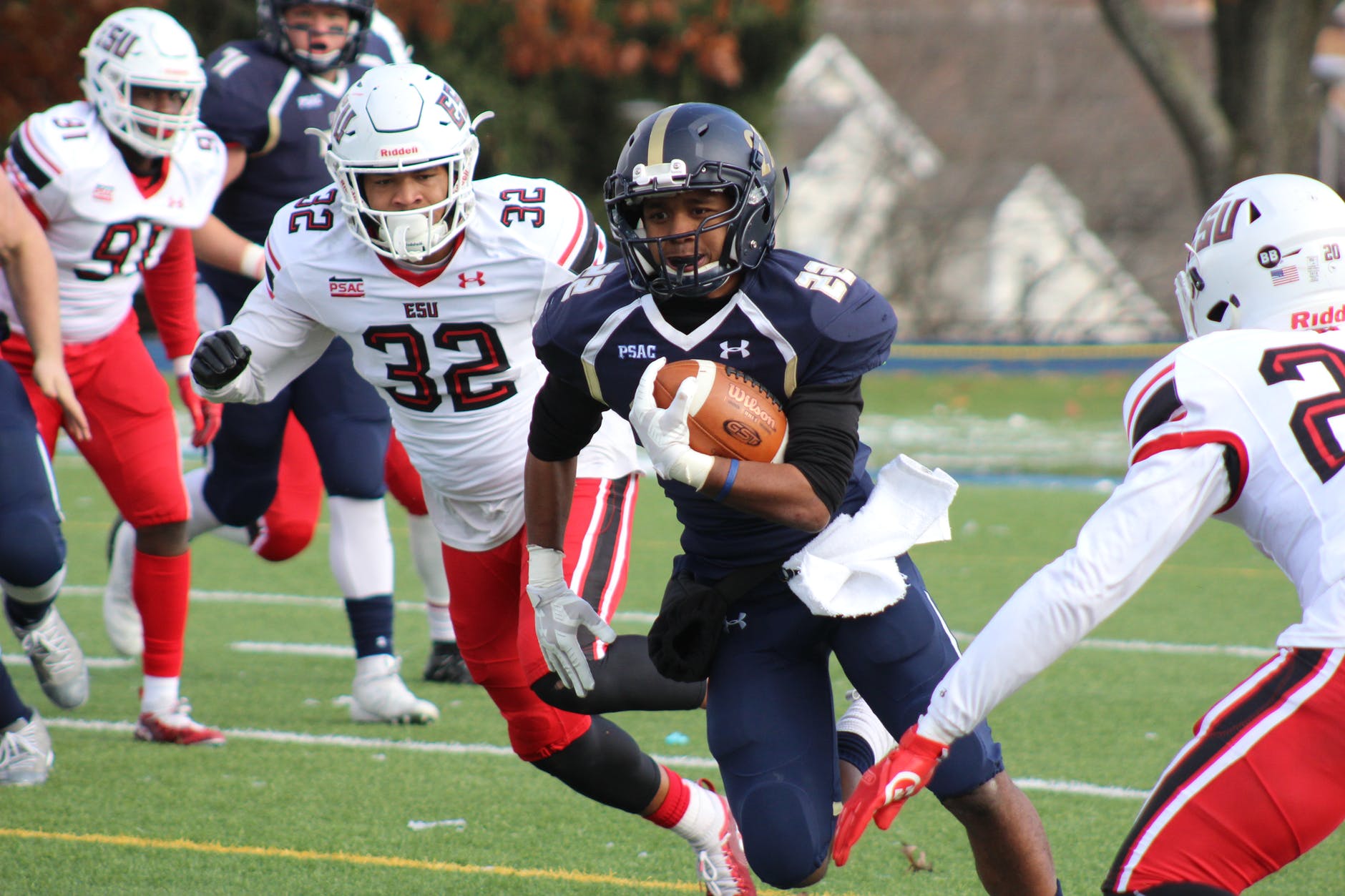2/22/2019
Profiled Article
ScienceDaily. (2019). Can a nerve injury trigger ALS?. [online] Available at: https://www.sciencedaily.com/releases/2019/02/190220112208.htm [Accessed 21 Feb. 2019].
Summary
As background, amyotrophic lateral sclerosis, or ALS, is a progressive neurodegenerative disease that degenerates the nerve cells in the brain and spinal cord and ultimately leads to death. An article presented by the University of Illinois at Chicago in response to a study done in 2016, re-vamped the findings that an injury can trigger the onset and spread of ALS. This suggests that athletes are more prone to the disease. Mostly, this disease has been attributed to genetic mutations on the SOD1 gene, but this is only the case for 10% of patients. The other 90% of ALS patients have diseases that stem from a peripheral nerve injury that causes the disease to spread. The location of onset is normally the same location as where the patient experienced an injury.
After this discovery, an animal model was used to test mutation-induced mice and wild mice. While surgically-induced damage to the spinal cord injured a certain location in both types of mice, the mutated mice did not heal and the wild mice did. Mice that experienced ALS-like symptoms were observed to have inflammation and a higher-than-usual concentration of microglial cells, which tend to prune or eliminate the synapses in control of muscle use. Once a cell cuts off connections with its neighbors, it will likely die off. In this article, they assumed that because this is a neurodegenerative disease that can result from injury, the disease causes a chain reaction of cell deaths. This ultimately leads to an inability of the lungs to inhale and exhale as the muscles fail, and the patient passes away.
Response
This research is an excellent starting point in discovering ways to prevent ALS. By understanding how a disease spreads, the steps can be traced backward to understand how it begins. While there is a general understanding of how ALS affects the body, the specifics and the different origins are not as clear. For example, the high levels of microglial cells while the spinal cord is inflamed could point towards therapies that limit the number of glial cells; therefore, limiting the number of crucial connections between neurons that allow for healing of the injury. As inflammation is another trigger, anti-inflammatory medication could ease the onset of ALS.
While steps to understand a disease’s source, cause, symptoms, and cure is incredibly helpful, the process of getting all factors perfect enough to be delivered to a human is lengthy and costly. Some next steps should include testing out different therapies to see what kind of medications can reduce the number of glial cells and inflammation in the spinal cord during an injury.
Related Links
More info on ALS
More info on glial cells
More info on the future of ALS cures

